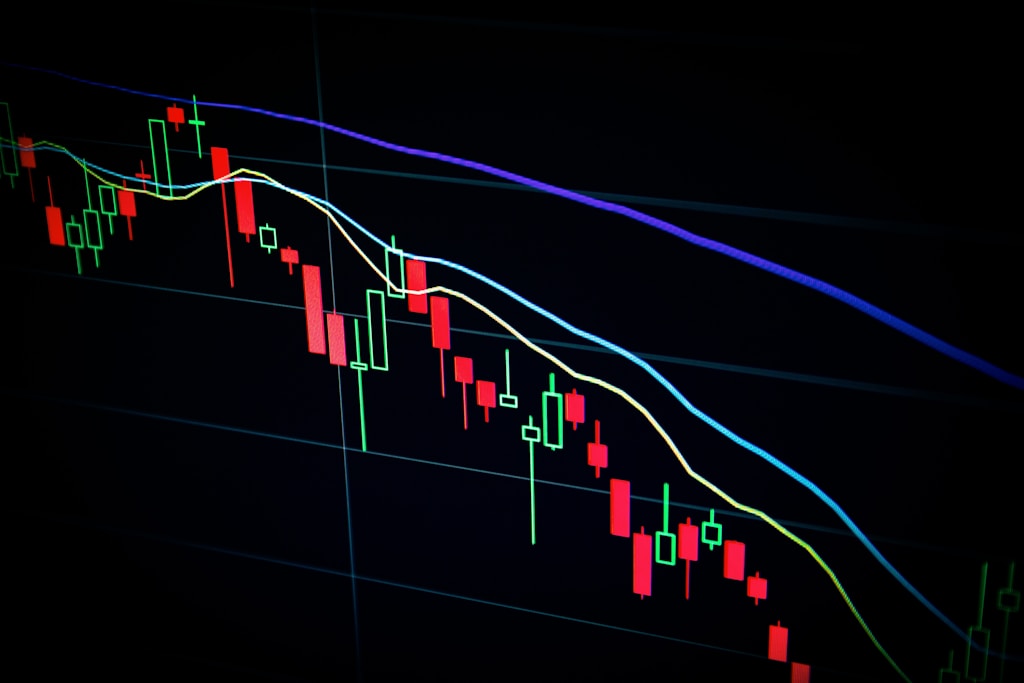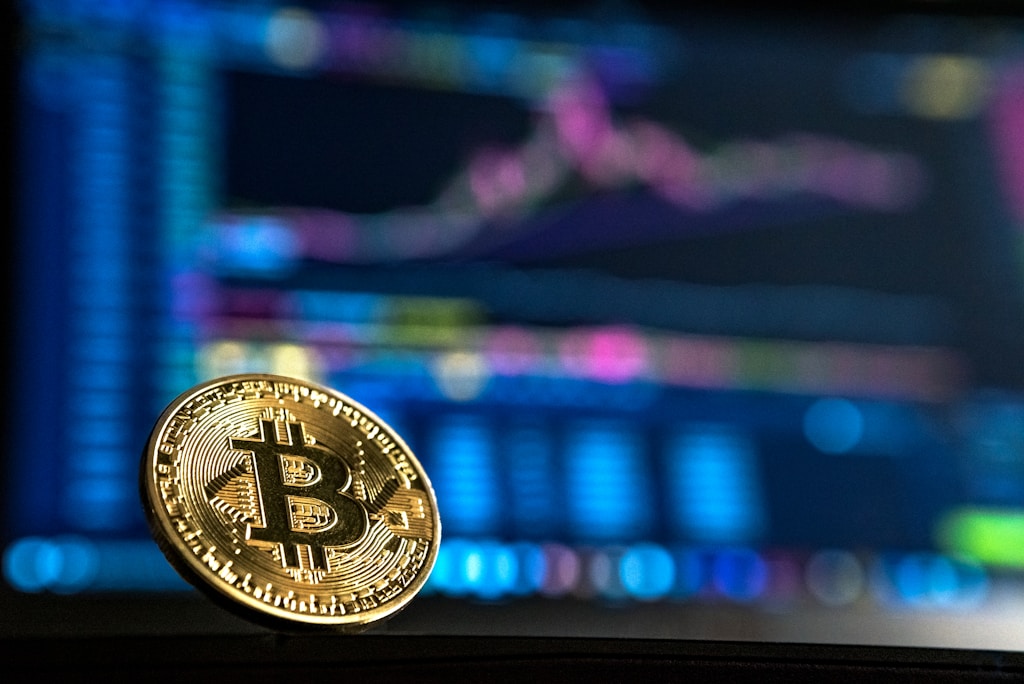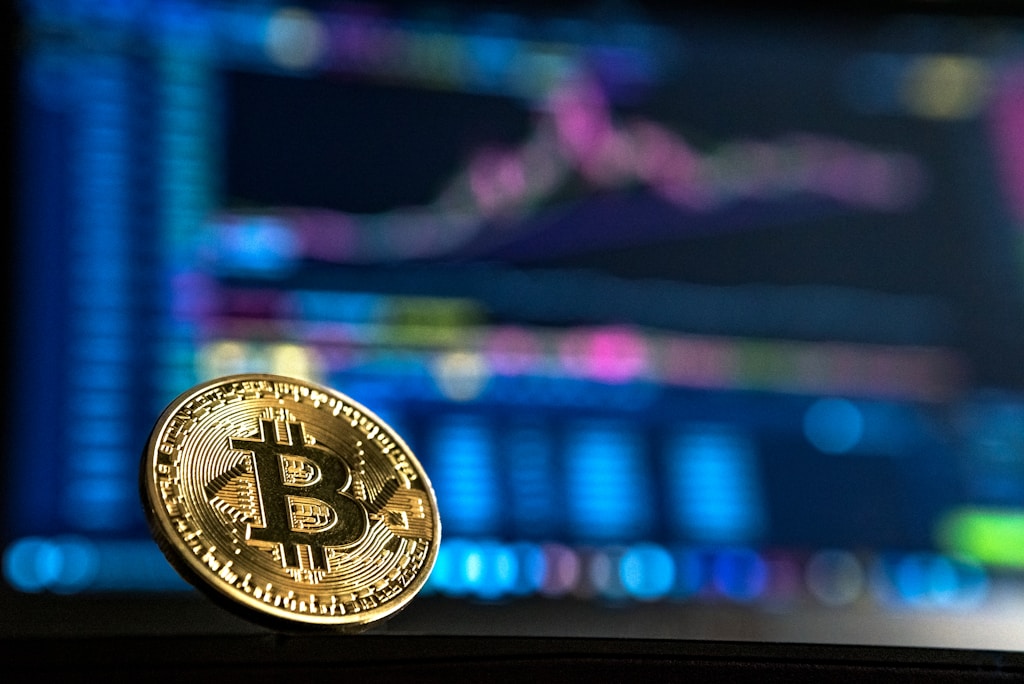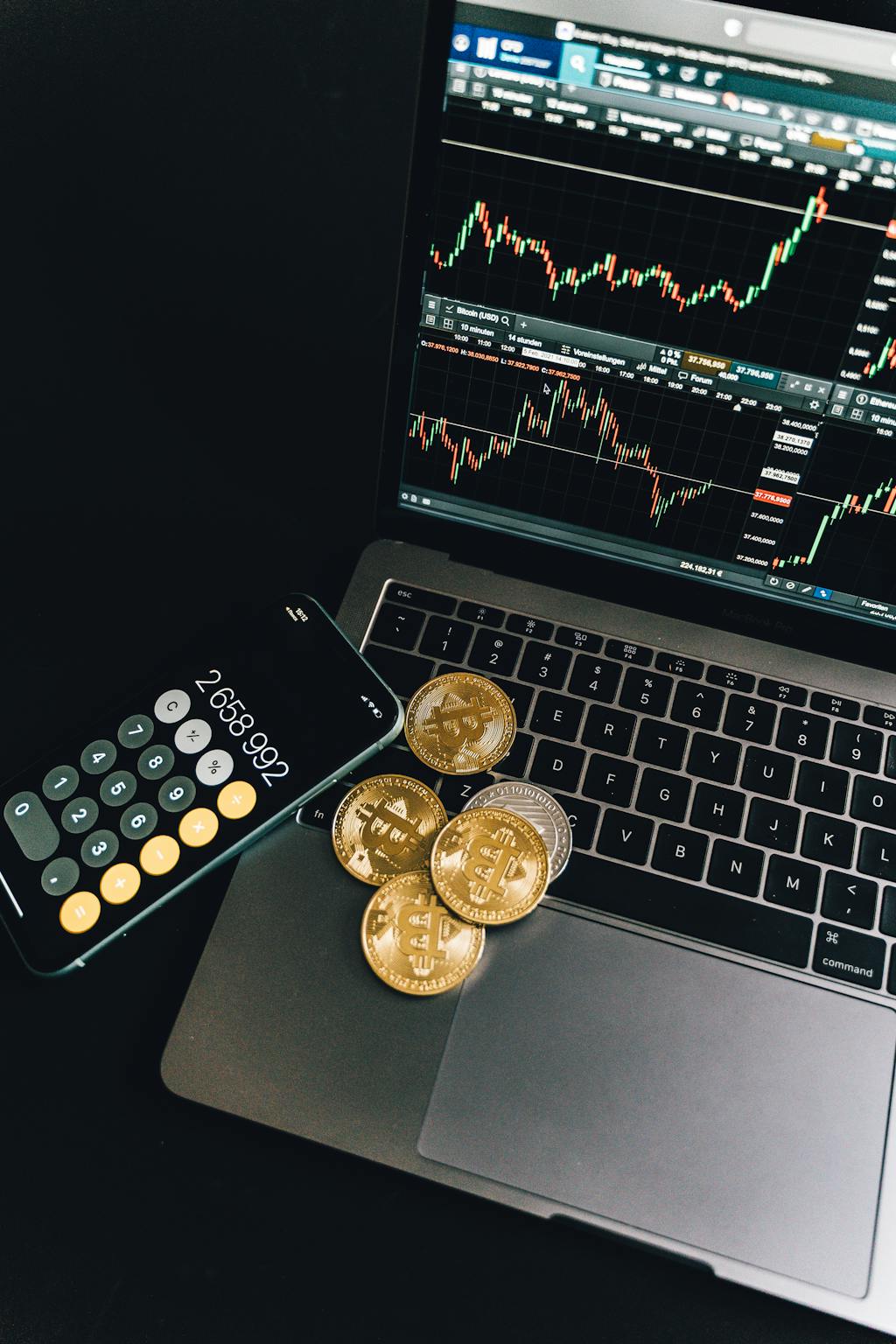Bitcoin Wallet Exodus Launches XO Pay: Game-Changing Crypto Purchase Solution
In a significant development for cryptocurrency accessibility, Exodus has officially launched XO Pay, a revolutionary in-app purchasing solution that enables direct Bitcoin and crypto transactions within its mobile wallet. This launch comes at a time when Bitcoin’s growing adoption and price momentum highlight the need for more user-friendly crypto purchasing options.
Key Features of XO Pay
- Direct in-wallet cryptocurrency purchases
- Self-custodial solution powered by Coinme’s CaaS API
- Seamless fiat-to-crypto conversion
- Full asset control for users
- Available across the United States
Revolutionary Self-Custody Solution
XO Pay represents a significant advancement in cryptocurrency purchasing technology, allowing users to maintain complete control of their digital assets while enjoying a streamlined buying experience. The integration with Coinme’s Crypto-as-a-Service platform ensures reliable and secure transactions without compromising on user sovereignty.
Industry Impact and User Benefits
JP Richardson, Co-Founder and CEO of Exodus, emphasizes the platform’s commitment to accessibility: “XO Pay represents our commitment to making cryptocurrency more accessible to everyday customers. By integrating the purchasing process directly into our mobile wallet, we’re removing barriers and simplifying the journey from fiat to crypto, and back.”
Web3 Innovation Meets User Experience
Neil Bergquist, CEO of Coinme, highlights the technological achievement: “By creating a Web2 checkout experience into a Web3 self-custody wallet, Exodus has set a new bar for crypto user experience. The seamless integration delivers the in-app purchase flow users expect while maintaining full asset control.”
Frequently Asked Questions
What is XO Pay?
XO Pay is a new feature within the Exodus wallet that allows users to purchase cryptocurrencies directly within the application while maintaining self-custody of their assets.
Is XO Pay available everywhere?
Currently, XO Pay is available across the United States, with potential international expansion in the future.
What makes XO Pay different from other crypto purchasing solutions?
XO Pay combines the convenience of integrated purchases with true self-custody, eliminating the need for third-party exchanges while maintaining complete user control over assets.
Looking Ahead
As the cryptocurrency market continues to evolve, solutions like XO Pay play a crucial role in bridging the gap between traditional finance and digital assets. The launch represents a significant step forward in making cryptocurrency more accessible to mainstream users while maintaining the core principles of self-custody and security.







